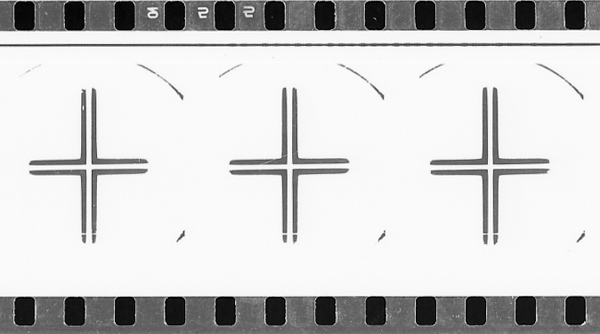The Open Road

Synopsis
In the summer of 1924 Claude Friese-Greene, a pioneer of colour cinematography, set out from Cornwall with the aim of recording life on the road between Land's End and John O'Groats. Entitled The Open Road, his remarkable ground-breaking travelogue was conceived as a series of shorts, 26 episodes in all, to be shown weekly at the cinema. Although creating an initial impact when it was first exhibited at trade shows in 1925, Claude's experimental colour process failed to reach a large audience owing to heavy flicker and colour fringing. The original negatives were deposited with the BFI for preservation in the late 1950s.The Open Road is important both as a landmark in the development of colour on film but also as a fascinating social record of inter-war Britain. The journey, from Land's End to John O'Groats and back to London, was made in a Vauxhall D type. The travelogue format provided the ideal way to profile the colour process because the natural world was more of a challenge than the contrived studio set. Iconic landmarks would be instantly recognisably to the audience, and today the audience has the opportunity to revisit those locations and assess similarities and changes that have taken place.
Special Features
- New score by pianist Neil Brand and violinist Gunther Buchwald- Across England in an Aeroplane (UK, 1919-20)